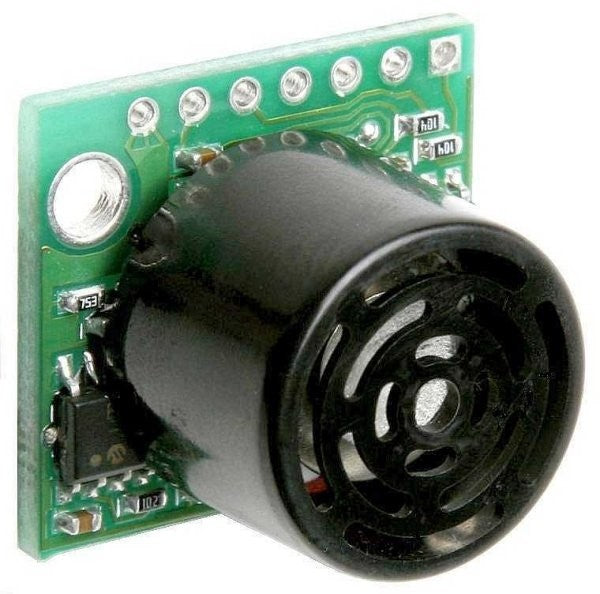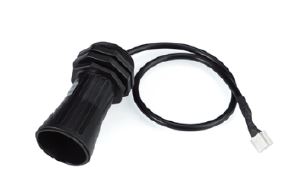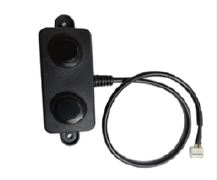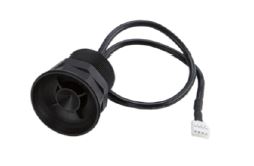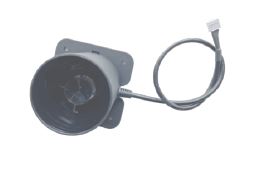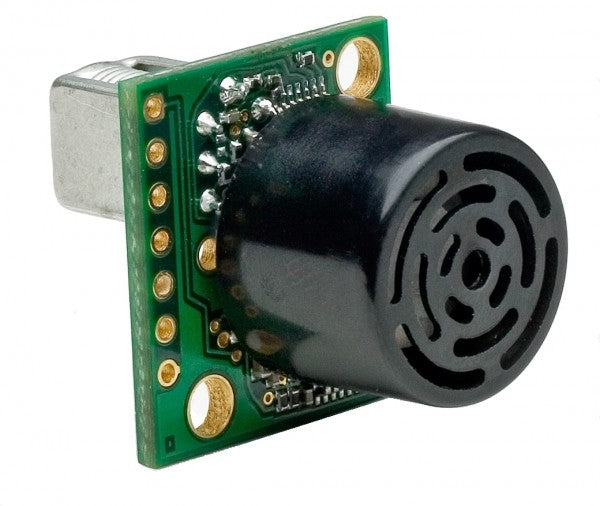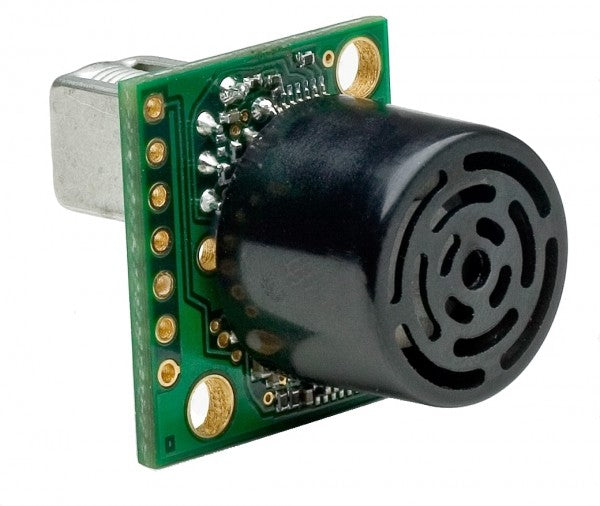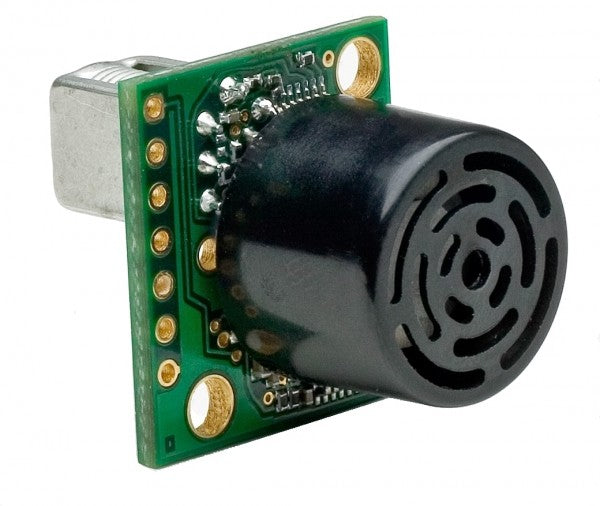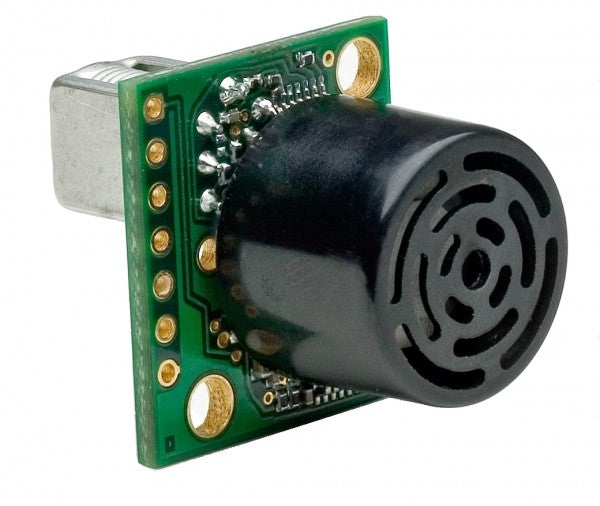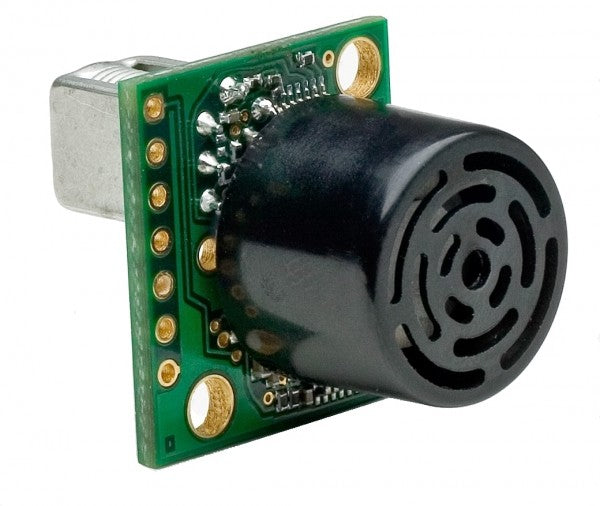Ultrasonic rangefinders are small modules that are used to measure distance. They can be used to determine the distance to an object or to determine if something is near the sensor. The sensors are ideal for projects involving navigation, object avoidance, and home security (e.g., motion detectors). Because they measure distance using sound, they work just as well in the dark as they do in daylight. In the Arduino and Raspberry Pi environment, these modules are extremely popular due to their wide range of applications.
Ultrasonic sensors How they work
As the name suggests, ultrasonic sensors (Ultrasonic Ranger) measure distance using ultrasonic waves. The sensor head emits an ultrasonic wave and receives the wave reflected from the target. Ultrasonic sensors measure the distance to the target by measuring the time between transmission and reception. The time it takes for the echo to reach the sensor is determined and is used to calculate the distance, since the speed of sound in air is a known constant (343 m / s).

Application of ultrasonic sensors
Ultrasonic sensors are mainly applied to determine the distance, position, presence or level of an object. Since the measurements are independent of light, color, dust, smoke and material (except soft surfaces such as wool), the sensors can be reliably used indoors or outdoors.
Typical applications for an ultrasonic sensor are:
- Determination of the water level
- Determination of the filling quantity of a grain silo
- Flight control for drones
- Collision avoidance in robotics
- Home security devices
Distance measurement with an ultrasonic sensor and Arduino Uno
In the following example, you can easily and quickly measure the distance from point A to point B. All you need is an Arduino board (e.g. Arduino Uno), a few jumper wires, a breadboard and a red and a green LED.

In the example, The GREEN LED lights up when the distance is more than 100 cm, and the RED LED lights up when the distance to the object is less than 100 cm. To view the distance measurements, simply open the Arduino IDE. Click on "TOOLS" and select the Serial Monitor. As long as your Arduino is connected to the PC via USB, you will get the corresponding measurements.


Documents:


